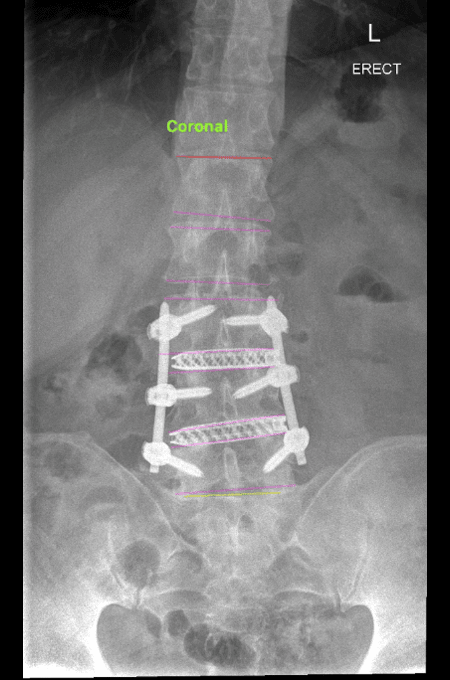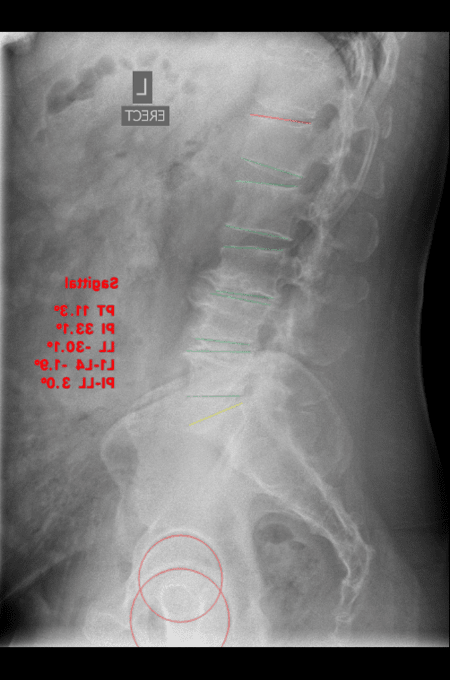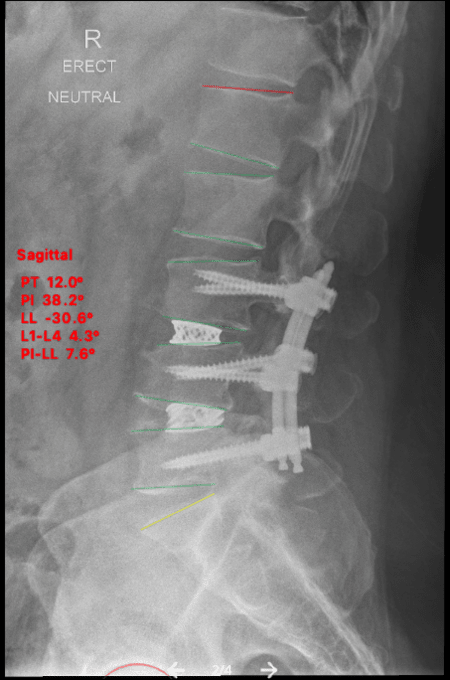Why Choose LLIF?
LLIF is favored for its minimally invasive nature, resulting in less muscle disruption, reduced blood loss, and quicker recovery compared to traditional open surgeries. The lateral approach permits the placement of larger interbody cages that provide superior support and alignment, thereby promoting successful fusion.
What Happens During LLIF Surgery?
Preparation
- Hospital Admission: You are admitted on the day of surgery; fasting is required as per your anaesthetist’s instructions.
- Anaesthesia: The procedure is performed under general anesthesia, ensuring you are asleep and pain-free.
Surgical Approach
- Patient Positioning: You are positioned in a lateral decubitus (side-lying) or prone position, depending on the surgical plan.
- Incision: A small incision is made on the side of the abdomen. The surgeon carefully dissects between the abdominal muscles, the abdomen, and the psoas muscle to access the spine using a specialized retractor system.
Disc Removal and Fusion Preparation
- Exposing the Disc Space: The affected disc is exposed by retracting surrounding tissues. The damaged disc is then removed, allowing distraction to restore disc height.
- Preparation for Fusion: The disc space is thoroughly cleaned and the bony surfaces prepared for the interbody cage.
Insertion of the Interbody Cage and Bone Graft
- Interbody Cage Placement: A cage filled with bone graft material (autograft, allograft, or synthetic) is inserted into the empty disc space to restore disc height and promote fusion.
- X-ray Verification: Intraoperative X-rays confirm correct placement and proper spinal alignment.
Supplementary Fixation (if needed)
Fixation with screws and rods may be added through a posterior approach to provide extra stability and increase fusion rates.
Closure
Once the implants are in place and alignment is confirmed, the incision is closed with sutures, and a sterile dressing is applied to protect the wound.




